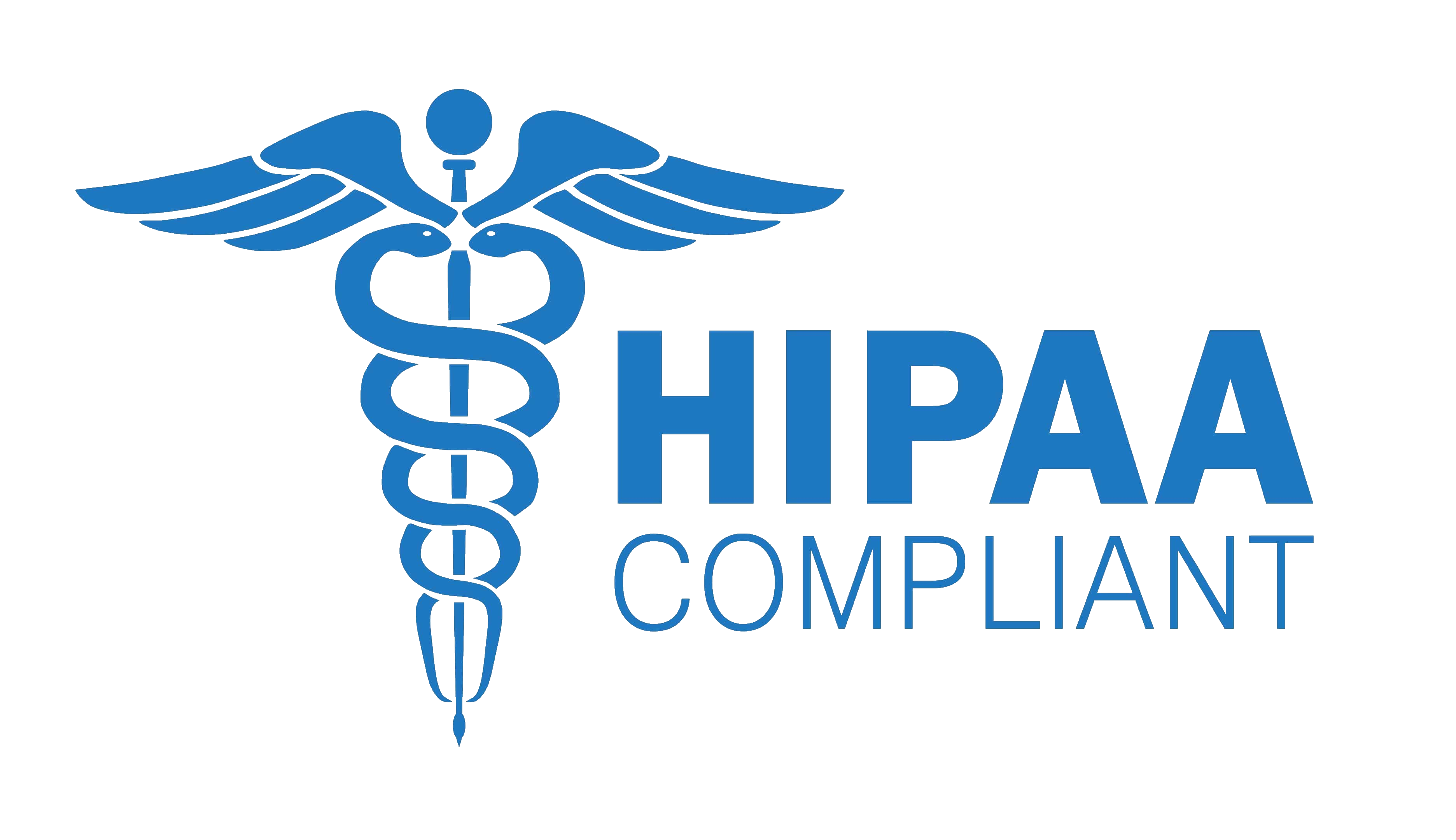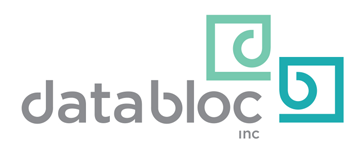HIPAA
Maintaining and monitoring HIPAA compliance is a daily struggle for many organizations. Data migration is an event that presents unique data compliance challenges as data must stay compliant at the source, in transit, and at the target.

What is HIPAA Compliance?
HIPAA stands for the Health Insurance Portability and Accountability Act of 1996. It is a series of regulatory standards that monitor the accessibility and lawful distribution of protected health information (PHI). HIPAA compliance is regulated by the Department of Health and Human Services (HHS) and enforced by the Office for Civil Rights (OCR).

HIPAA compliance is a top priority for any company that creates, collects, or transmits PHI. Understanding the intricacies of how to store data, and more importantly how to migrate data, while remaining compliant can save businesses time, money, and reputation. It is important to understand who needs to be HIPAA compliant, what are the main HIPAA rules, and what measures to take to follow said rules.
As previously stated, any business that touches PHI, but that doesn’t simply include hospitals and doctors offices. Insurance agencies, EHR companies, MSPs, and law offices are just a few of many entities that potentially fall under HIPAA compliance. Even if your business does not work directly with patients, if any PHI data is in your possession, you are subject to HIPAA regulations.
What are the specific rules? What does it mean to stay HIPAA compliant? It goes beyond just encrypting data at rest. The four main rules to be aware of are privacy, security, breach notification, and omnibus. For the most part, they are fairly straightforward. The HIPAA privacy rule outlines who is permitted access to specific PHI and how to permit and receive the required access to view a patient’s PHI. The breach notification rule states certain actions that must be taken if their PHI is compromised or improperly obtained. The omnibus rule in the simplest of terms, provides regulations for any associated business that will in some way touch a clients PHI. For the purpose of data storage and migration though, the security rule is the most important. The HIPAA security rule mandates standards for storage and transit of PHI. This includes specific rules regarding storage features such as encryption, cloud storage, and access control to ensure integrity of data.
HIPAA regulation goes far beyond this rule set and in much greater detail for how companies must manage their PHI, but with a focus on data storage and migration, it is mandatory to have an understanding of the security and privacy rules. Don’t let your next migration violate HIPAA compliance!

